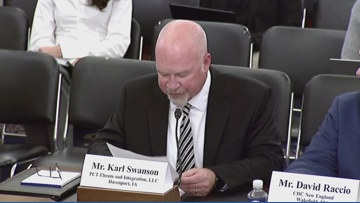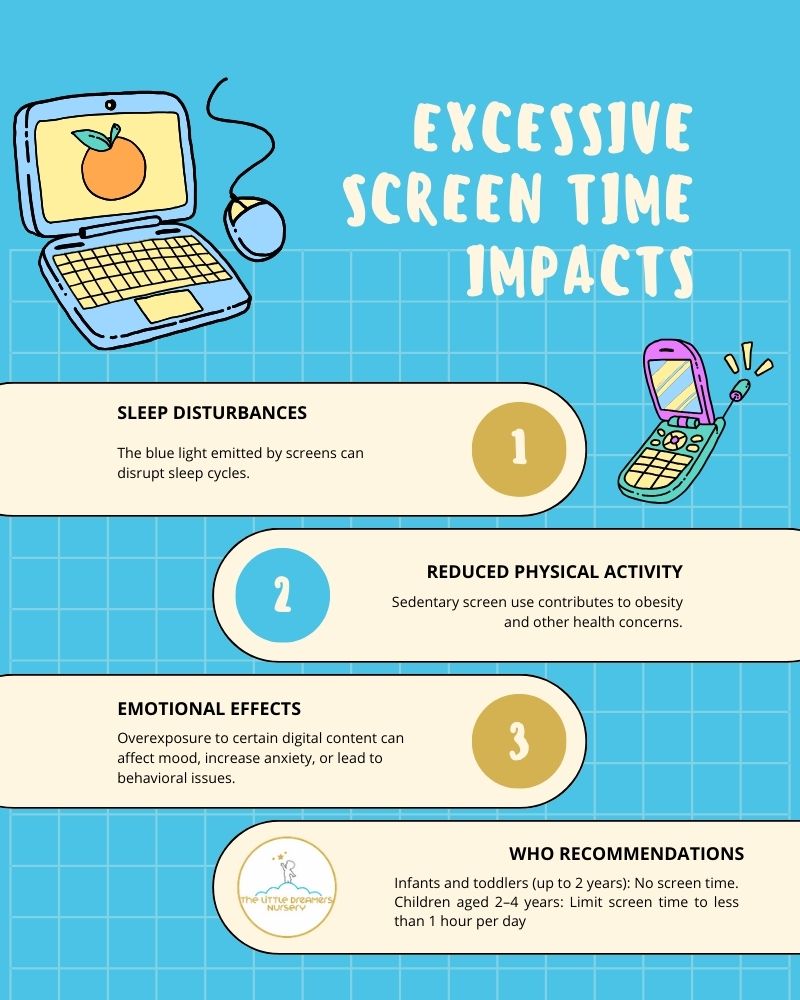Report on the Cessation of USAID Operations and Implications for Sustainable Development Goals
Executive Summary
The United States administration has officially terminated the operations of the United States Agency for International Development (USAID), effective July 1. This policy shift represents a significant withdrawal from global development partnerships and poses substantial challenges to the achievement of the United Nations Sustainable Development Goals (SDGs). The decision follows a 90-day review period initiated after the presidential inauguration on January 20, culminating in the closure of the agency and the cancellation of the majority of its programs.
Chronology of USAID Dissolution
- January 20: Following the inauguration of President Donald Trump, the administration announces an immediate suspension of American foreign aid pending a comprehensive review.
- March 10: The administration confirms its decision to abandon 83% of all existing USAID programs and proceed with the complete dissolution of the agency.
- July 1: USAID officially ceases all operations. Secretary of State Marco Rubio confirms the administration’s definitive break from previous international development policies.
Official Rationale for Policy Termination
According to a statement by Secretary of State Marco Rubio, the decision to dismantle USAID was based on the following assessments:
- Perceived failure to meet development objectives since the end of the Cold War.
- Belief that aid programs have contributed to worsening instability in recipient regions.
- An assertion that aid has fostered anti-American sentiment rather than goodwill.
- A position that U.S. taxpayers should not be responsible for funding foreign governments, with a specific critique aimed at African nations.
Impact Assessment on Sustainable Development Goals (SDGs)
The termination of USAID, formerly the world’s largest single donor of official development assistance, directly undermines the global framework for sustainable development. The impact is projected to be severe across multiple interconnected goals:
- SDG 1 (No Poverty) & SDG 2 (Zero Hunger): The withdrawal of funding for poverty reduction and food security initiatives threatens to reverse progress and increase extreme poverty and hunger in vulnerable populations.
- SDG 3 (Good Health and Well-being): The cessation of health programs jeopardizes efforts to combat diseases, improve maternal and child health, and strengthen healthcare systems.
- SDG 6 (Clean Water and Sanitation): The immediate effects of funding cuts are already being observed in critical sectors, such as the reported water shortages in the Democratic Republic of the Congo, directly impeding access to clean water and sanitation.
- SDG 16 (Peace, Justice and Strong Institutions): While the U.S. administration cited instability as a reason for the cuts, the withdrawal of support for governance and institution-building programs is likely to exacerbate fragility and conflict, directly contravening the objectives of SDG 16.
- SDG 17 (Partnerships for the Goals): This unilateral action signifies a major disruption to international cooperation. The dismantling of a primary channel for development assistance represents a critical failure in the global partnership essential for achieving all other SDGs.
Analysis of Sustainable Development Goals in the Article
-
SDG 6: Clean Water and Sanitation
- The article’s accompanying image and caption directly highlight an issue related to this goal. The caption states, “cuts to USAID programs have led to water shortages” in Goma, Democratic Republic of the Congo. This points to a regression in access to clean water for the local population.
-
SDG 17: Partnerships for the Goals
- The core subject of the article is the termination of programs by the United States Agency for International Development (USAID) and the closure of the agency itself. The text explicitly mentions that the US “had been the largest donor of official development assistance.” The decision to cease this aid is a direct contradiction of the principles of global partnership for sustainable development.
-
SDG 1: No Poverty
- USAID’s function is to provide “official development assistance,” which is fundamentally aimed at reducing poverty and improving living conditions. The article mentions that “Development objectives have rarely been met,” indicating that the aid was intended to address poverty and development, even if its effectiveness is being questioned. The cuts to programs, such as those leading to water shortages, directly impact the well-being and increase the vulnerability of affected populations, which is contrary to the goal of eradicating poverty.
-
SDG 16: Peace, Justice and Strong Institutions
- The article quotes the Secretary of State saying that as a result of USAID’s work, “instability has often worsened.” This links development aid directly to the concept of stability. The justification for cutting aid is based on a perceived failure to promote stability and support effective governance (“failing governments in faraway lands”), which are central themes of SDG 16.
Identified SDG Targets
-
Target 6.1: Achieve universal and equitable access to safe and affordable drinking water for all.
- This target is directly relevant due to the “water shortages” mentioned in the image caption. The scene of a child waiting to fill water jugs illustrates a lack of reliable and safe drinking water access, a situation exacerbated by the withdrawal of aid intended to support such essential services.
-
Target 17.2: Developed countries to implement fully their official development assistance commitments.
- The article describes the US, the “largest donor,” not only failing to meet commitments but actively dismantling its primary agency for official development assistance (USAID). The closure of the agency and abandonment of 83% of its programs is a direct move against the spirit and letter of this target.
-
Target 1.a: Ensure significant mobilization of resources from a variety of sources, including through enhanced development cooperation, to provide adequate and predictable means for developing countries… to implement programmes and policies to end poverty.
- The shutdown of USAID represents a complete halt in the “mobilization of resources” from a major global donor. This action removes a significant source of funding for developing countries like the DRC, undermining their ability to implement programs aimed at poverty reduction.
Implied Indicators for Measurement
-
Indicator 6.1.1: Proportion of population using safely managed drinking water services.
- The article implies a negative change in this indicator. The mention of “water shortages” and people waiting to fill “water jugs” suggests a decrease in the population’s access to safely managed water, forcing them to rely on alternative, potentially unsafe, sources.
-
Indicator 17.2.1: Net official development assistance… as a proportion of the… donors’ gross national income (GNI).
- The decision to close USAID and cut the majority of its programs would lead to a drastic reduction in the US’s net official development assistance, which would be directly measurable by this indicator.
-
Indicator 16.1.4: Proportion of population that feel safe walking alone around the area they live. (Proxy for instability)
- While not explicitly mentioned, the article’s reference to “instability has often worsened” implies that the level of safety and security is a key metric for judging the success of aid. A rise in instability could be measured through indicators related to perceived safety, conflict, or governance effectiveness.
Summary of Findings
| SDGs | Targets | Indicators |
|---|---|---|
| SDG 6: Clean Water and Sanitation | Target 6.1: By 2030, achieve universal and equitable access to safe and affordable drinking water for all. | Indicator 6.1.1: Proportion of population using safely managed drinking water services (implied to be decreasing due to “water shortages”). |
| SDG 17: Partnerships for the Goals | Target 17.2: Developed countries to implement fully their official development assistance commitments. | Indicator 17.2.1: Net official development assistance… as a proportion of… donors’ gross national income (GNI) (implied to be drastically reduced by the closure of USAID). |
| SDG 1: No Poverty | Target 1.a: Ensure significant mobilization of resources… through enhanced development cooperation… to end poverty. | The article implies a failure to provide resources for essential services, as evidenced by the water shortages, which are a direct consequence of poverty. |
| SDG 16: Peace, Justice and Strong Institutions | Target 16.1: Significantly reduce all forms of violence and related death rates everywhere. | The article’s reference to “instability” suggests that metrics related to peace and security are used to evaluate aid effectiveness. |
Source: lemonde.fr







